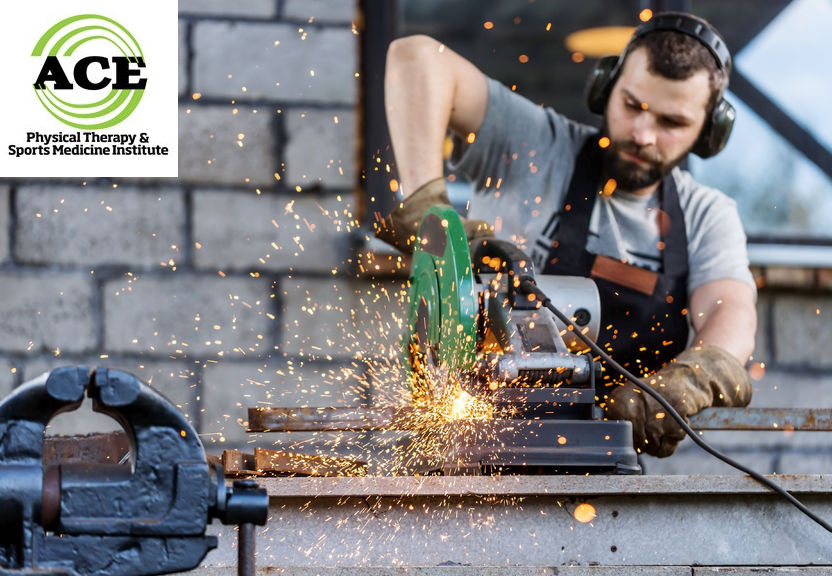A NEW APPROACH TO TENNIS ELBOW TREATMENT

Tid Bits of Info
- Lateral epicondylitis, Tennis elbow, is the most commonly diagnosed elbow condition.
- Many healthcare professionals treat patients with “tennis elbow” but the patient never played tennis.
- Patients over the age of 30 are most affected and many wait nearly 1 year prior to seeking formal medical treatment.
- It has been reported that greater than 50% of all tennis players complain of lateral elbow pain at some time in their career.
- Seek the advice and treatment from a Physical Therapist if you develop lateral elbow pain.
Over 50% of tennis player complain of lateral elbow pain, or what most people call tennis elbow. This common elbow condition can affect almost all people who perform repetitive movements with their hands. Officially known as lateral epicondylitis (LE), this pain impacts athletes who use racquets or repeat a throwing motion their hands and arms. Physical Therapists can help treat those who suffer from lateral elbow pain. and can help patients reduce the likelihood of future injuries.
Lateral epicondylitis is the diagnosis in more than 80% of all lateral elbow pain patients. These patients range from manual workers to elite athletes. The carpenter or painter can develop symptoms due to grasping a hammer or paint brush. The impact and vibration of hammering or repetitive contraction of the wrist extensor muscles that enable a forceful grip of a paintbrush can lead to LE symptoms. Throwing athletes, archers and shooters can develop symptoms due to the repetitive contraction of the wrist extensors and the vibration from firing a gun. Even office workers are subject to repetitive injuries to the lateral aspect of the elbow when they are using a keyboard or mouse extensively.

The lateral epicondyle is a bony protuberance that is attached to the distal, lateral aspect of the arm bone or humerus. The lateral epicondyle acts as the origin site of the most of the wrist and finger extensor muscles. The muscles are attached to the bones via the tendon. In LE, the tendon tissue is damaged and small tears occur similar to a “fraying rope”. The human body is “designed” to be balanced. When the mechanical advantage of one muscle group is required to overcome the balanced nature of the body to produce motion, there has to be a shift in this balance. In the forearm, the wrist and long finger extensor muscles are required to contract to hold the wrist in an extended position in order for the flexor muscles to work aggressively and produce a forceful grip. Obviously, the more forceful the grip, the more forceful the muscle contraction has to be in the wrist and finger extensor muscles.
If someone is performing a repetitive action involving the elbow, it is imperative to protect the area with good technique, proper object size, good posture, proper body mechanics, and a properly fitted workstation/location. Preparing the muscles for the “abuse” of the repetitive actions can help to prevent the onset of LE. Obviously, a tennis player is very susceptible to this condition. Some ways to help prevent the symptoms from occurring include proper technique, correct grip size and string tension, and making sure that the core, shoulders and arm are prepared for the physical nature of swinging a racquet and making contact with the ball.
If your elbow hurts, seek help and treatment from a Physical Therapist. These licensed professionals will perform an evaluation and perform certain physical tests to help with a proper diagnosis. Some might use diagnostic ultrasound to confirm or make their diagnosis. Once a diagnosis is confirmed the treatment will consist of manual therapy, modalities to control pain and inflammation and most importantly exercise. The type of exercise is important because improper technique or specific exercise can lead to more damage to the tendons. To treat any injured tendon is tricky. The rehabilitation program has to include exercises that will “overload” the tendon to stimulate healing and proper cell alignment but not too much to cause more damage.
Recent studies have shown that people with LE are treated most successfully with Physical Therapy and a steroid injection. The combination has been shown to be very effective. Unfortunately, many people who are suffering from the symptoms of LE will seek help from a doctor and get injected with cortisone. The steroid injection usually reduces the symptoms significantly in the short term but when comparing the results at a 4 week follow up appointment the injection-only group did very poorly. The group that had the combination of steroid injection and multimodal Physical Therapy treatment did extremely well.
LE can and does affect any part of the population and can be very debilitating due to the amount of pain that can occur from the damaged tendons. Prevention is always the best medicine and being sure to perform the proper exercises with the correct form is imperative. Seek the advice and treatment from a Physical Therapist and perform the proper exercises even if you had an injection that made you “pain-free”.
























